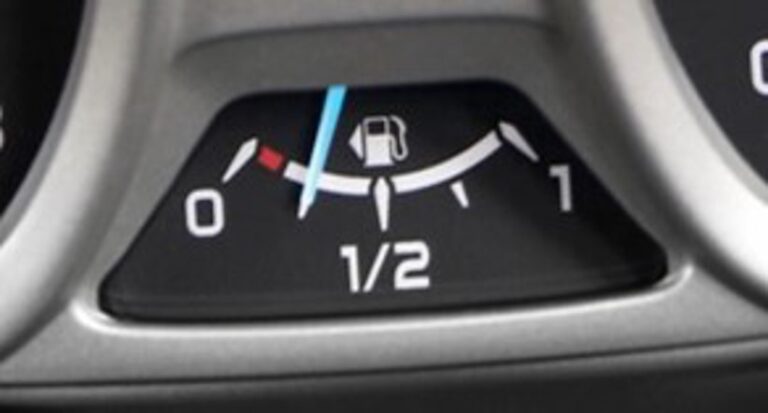Petrol prices are impacting consumer retail spending and increasing fleet operating costs because average petrol prices increased by seven per cent in the past three months, hitting a four-year high in real terms of around 145 cents per litre (cpl) in Australia’s largest cities (Sydney, Melbourne, Brisbane, Adelaide and Perth), according to the ACCC’s latest petrol monitoring report.
Annual average prices in the five largest cities in real terms steadily fell between the 2013-14 and 2016-17 financial years. However, in 2017-18 the average price of petrol increased overall by nearly 10 per cent compared with the previous year. When average pump prices increase from a previous year it normally means higher sales of diesel vehicles.
“The major factors driving higher prices were an increase in international crude oil and refined petrol prices, and a lower AUD-USD exchange rate,” ACCC Chair Rod Sims said.
“The OPEC cartel in particular continues to have a damaging effect on Australian petrol prices. In late-2016 OPEC, and some other crude oil producing countries, agreed to cut production. This restricted supply into the market, which has clearly started to bite through steadily increasing petrol prices in the past financial year.”
“A weaker Aussie dollar has also increased costs for wholesalers buying petrol for the Australian market, which flows through to consumers who pay for this at the pump,” Mr Sims said.
While higher global oil prices are the major factor, the ACCC report also shows that the gross margins Australian petrol retailers are obtaining for every litre sold are also adding to the price pressure motorists experience. Average gross retail margins hit a record high in 2017-18. Annual average gross indicative retail differences (GIRDs), a broad indicator of gross retail margins, in the five largest cities in 2017-18 were 12.4 cpl. This is 4.3 cpl higher than the average in real terms over the last 16 years.
“Current gross retail margins in the five largest cities are now over 50 per cent above the 16 year average since the ACCC began tracking this data.” Mr Sims said.
Brisbane motorists continue to pay the highest price for petrol of the five major cities. This continues a trend that has seen Brisbane prices being the highest of the five major cities for 18 of the past 24 months.
How can fleets save on fuel?
It’s hard to change fleet driver behaviour though if you can teach them about the price cycles they can avoid buying any the peak.
“For example, in Sydney, if motorists had avoided buying E10 on the six days around the price cycle peaks in the previous six months, they would have paid on average around 2.7 cpl less” says Sims.
“For an individual tank of petrol, this saving represents just a few dollars, but over the course of a year, the savings stack up. Assuming similar savings for the other types of petrol, the estimated overall savings for Sydney motorists over a year would be in the region of $95 million.”
And this is where Fleet Managers can save substantial amounts of money.
Analysis of other large cities shows estimated savings in:
- Melbourne are in the region of $85 million, with average RULP prices 2.5 cpl lower
- Brisbane are in the region of $45 million, with average RULP prices 2.4 cpl lower
- Adelaide are in the region of $45 million, with average RULP prices 4.7 cpl lower.
“The savings are even greater for those who fill up less frequently and therefore are able to buy petrol when prices are falling,” Mr Sims said
Motorists can access information about the price cycle to help time their purchases through a range of petrol price apps, or from the ACCC website, which is regularly updated with price cycle information including tips on when to buy petrol.







